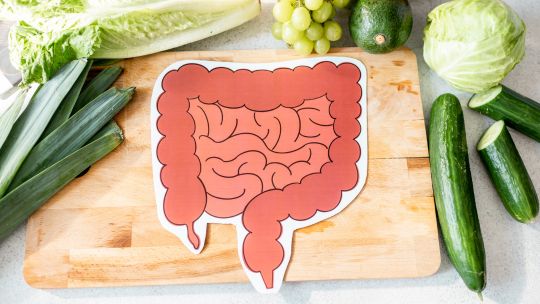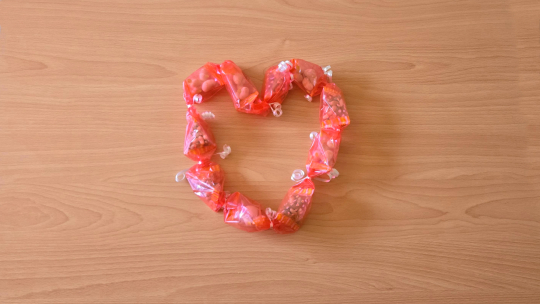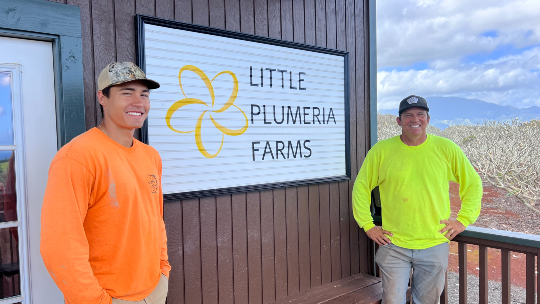One of the most important lessons for keiki growing up in Hawaii is how to be good stewards of the ocean in a safe and sustainable way.
That’s the mission of Na Kama Kai (children of the sea), a nonprofit organization that “empowers youth through ocean education,” says Na Kama Kai founder and CEO Duane DeSoto.
“We instill in children the sense of place of where they are in the Pacific, but we also instill in them that it’s their kuleana to understand ocean safety. That way, when the children are growing up and becoming our business leaders and adults, they’re the ones to have a direct connection with the ocean that will influence all of their decisions as leaders.”
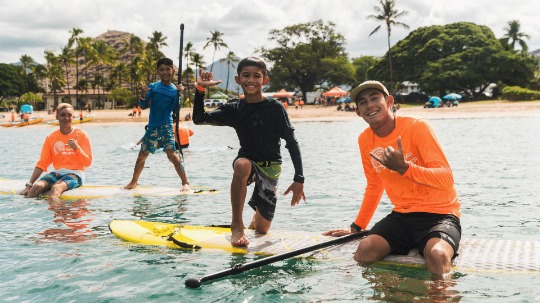
Volunteers teach children about ocean safety and sustainability.
Na Kama Kai was founded in 2008 when DeSoto, a professional surfer, began using the lessons he learned as a child at Makaha Beach and shared them with keiki in clinics around Oahu.
These clinics for children up to age 17 are now held throughout the state and have also been conducted in California and Tahiti.
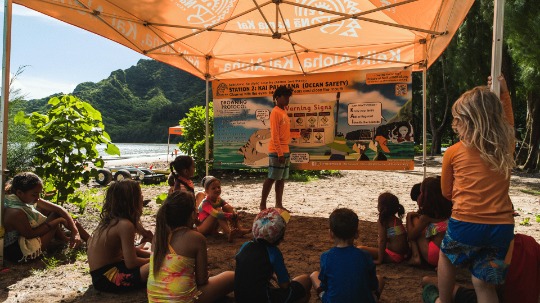
Clinic participants learn what to watch for before they go in the ocean.
During the two-hour clinics, the acronym KAI is used to teach important aspects of ocean safety:
Know your limits. Know how far you can go based on your skill level. “We start to introduce the concept of paying attention to your body,” says Na Kama Kai Chief Operating Officer Matt Kauwe. “Your head will tell you to jump in or there might be peer pressure, but you want to be safe.”
Ask a lifeguard. This is the best way to know if it’s safe to go out into the ocean that day. “Asking a lifeguard or responsible adult is key,” says DeSoto, “because we want children to know that it’s not good to go alone. It’s better to go to beaches with lifeguards or people who can help you understand the ocean, even an uncle or an auntie.”
Identify the hazards. Before you head into the water, always check your surroundings, such as other swimmers, surfers, currents, rocks, or debris. “We get the kids to pay attention to their environment before they jump in,” says Kauwe. “It's always a good idea to spend five to 10 minutes to take a look at the conditions before you jump in the water.”
The clinic also teaches keiki a brief lesson on navigation and Hawaii’s history in traveling the oceans. “It’s a way to open their eyes to how people have traveled across the oceans for centuries through observation and using the stars as a compass,” says Kauwe.
Clinic participants then head into the water, first on a stand-up paddleboard with an instructor. “For 20 minutes, you’re in the water and experiencing the ocean,” Kauwe says. “It’s meant to deepen your relationship with the ocean.” Then they take a double-hulled canoe to a deeper part of the ocean “where they start to see the land from a different perspective. They learn that what they’re doing on land impacts everything they’re experiencing now in the ocean.”
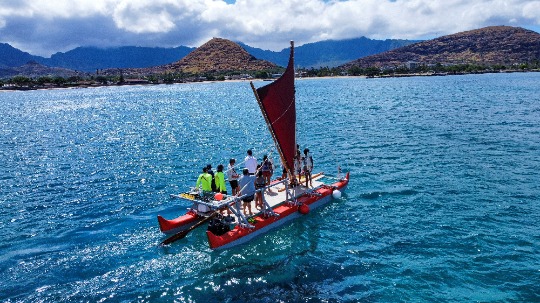
Keiki learn a new appreciation of the ocean and the land.
On its website, Na Kama Kai succinctly explains its purpose. “We believe that if we can connect all these keiki to the ocean, not only will it save lives but it will also create a bond between the next generation and the ocean, which in turn will ensure that the ocean will be taken care of.”
The free clinics are held the second Sunday of every month around Oahu and on various dates on the Neighbor Islands. The next clinic is Dec. 10 in Kailua. Visit nakamakai.org for a complete schedule and to sign up for their monthly newsletter or learn how you can volunteer. The site also features a series of short animated videos to teach keiki about ocean safety.
Photos courtesy Mike Ito.

